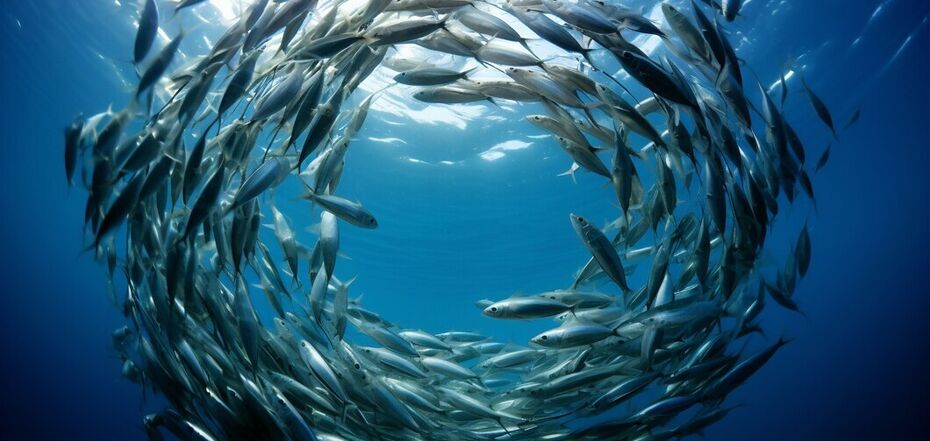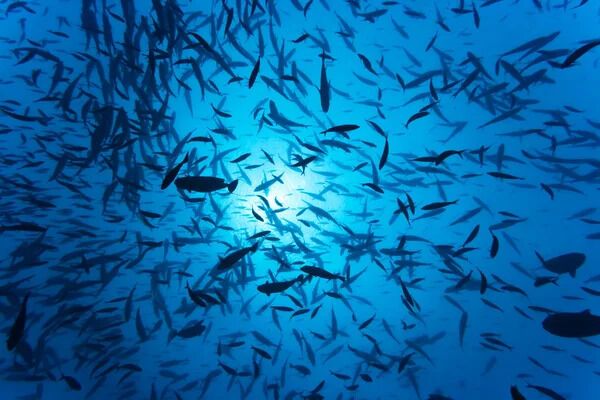News
10 million fish eaten: the largest case of predation in history recorded
Every year, billions of capelin head to the Norwegian coast to spawn, and other fish take advantage of their gathering. After analyzing one of these migrations, scientists recorded the largest case of predation in history.
In front of the scientists, a giant school of cod attacked a school of capelin that was more than 10 million in size and destroyed it within four hours. In the course of the study, scientists gained insight into the population dynamics of the two most important fish in the region, IFLScience writes.
MIT researcher Nicholas Makris and his colleagues used an echo sounder called Ocean Acoustic Waveguide Remote Sensing (OAWRS) to monitor fish movements over a large area.
The device revealed that the capelin were swimming in loosely clustered individuals, but at dawn, they headed for the seabed and formed a shoal tens of kilometers long. Makris and his colleagues estimated that there were 23 million fish weighing 414 tons, all acting in concert.
"We found that capelin bunched up in a critical density. If the fish are close enough together, they can take the average speed and direction of other fish they can sense around them and eventually form a massive, cohesive school," Nicholas said.
According to the scientists, this is a well-known shoaling behavior in many fish, but it has never been observed in capelin before. Small fish school partly to conserve energy, but also because their movements can confuse predators. However, this concentration also makes them a target, including for cod, experts say.
As soon as the capelin school was formed, the cod formed its own school, which Makris and his colleagues estimate to contain 2.5 million fish, and went on the hunt. In just four hours of fighting, approximately 10.5 million capelin were killed, the researchers reported.
Thanks to technologies such as OAWRS, scientists can see and analyze the scale of such events in the ocean.
"This is happening on a terrifying scale. We're watching a huge school of capelin approach like a wave around a sports stadium, and they come together to form a defense. However, predators are also joining together to attack in a coordinated manner," Makris shared his impressions.
"The kind of 'catastrophic' predation event we observed could have dramatic consequences for this species, as well as for many species that depend on them," the scientist added.
The team of scientists is concerned that rising global temperatures will make some capelin spawning grounds unsuitable. The main feeding grounds for capelin every winter are at the edge of the Arctic sea ice. As the sea ice recedes, the journey to spawning grounds becomes longer, and not all fish will make it, scientists suggest.
Scientists say this is not just speculation: a combination of climate change and fisheries management failures has led to declines in capelin populations in the Barents Sea in the past. Seabirds and marine mammals feed both on capelin directly and on species such as cod that depend on them. If capelin numbers decline, other species will also disappear, researchers say.
Only verified information is available on our Telegram channel OBOZ.UA and Viber. Do not fall for fakes!





























